Avalon was the first brand of speakers I ever stocked. In point of fact, the Avalon ASCENDANT floorstander was the single piece of equipment that inspired me to become a hifi retailer. You see I used to own a pair and their performance was so unlike anything else I had ever housed that it instilled in me the desire to bring the knowledge of this and other similarly special products to a wider audience. “Why don’t other people know about these speakers” I surmised. Like many Brits I had grown up on Heybrook, Ruark, Monitor Audio, Linn, B&W, Epos, Keff, Celestion and the like. The ASCENDANT then, with all it’s beautiful refinement and eerie dimensionality was like an alchemical wonder from a foreign galaxy.
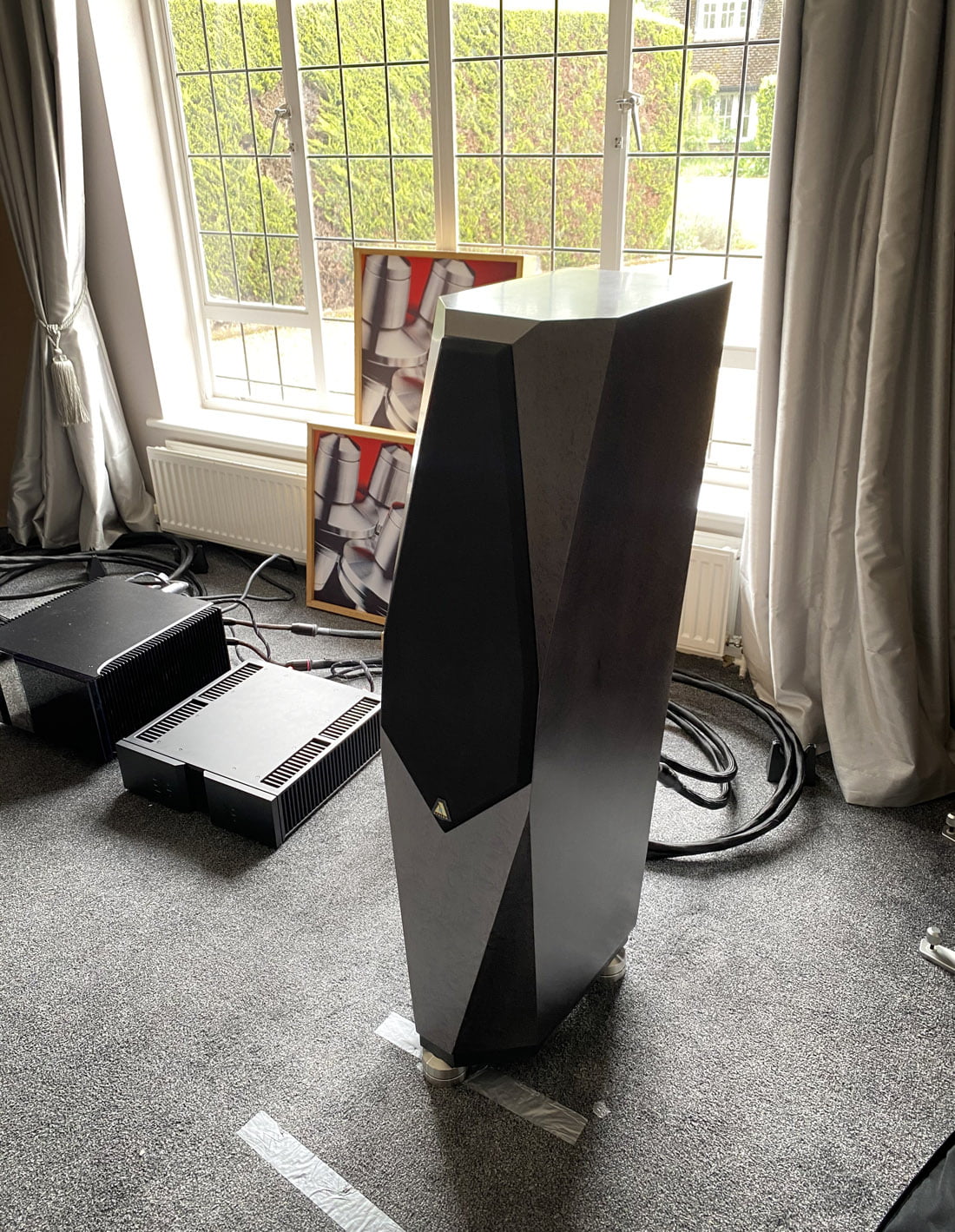
Whilst my love of the brand has never faltered and for a good 7 years I have evangelised my ‘Vitus with Avalon’ philosophy far and wide, it is fair to say that the brand from Colorado have evolved significantly with the passing years. Ten to twenty years ago, the affordable Avalon produced then gave us unsurpassed levels of imaging, spaciousness and sheer openness from a cabinet. Emotion over grunt, music over pyrotechnics. An Avalon – affectionately referred to by insiders as an “electrostatic in a box”- could recreate Jazz, Classical, Acoustic and more relaxed reflective music in a way that few other products could match and only a panel, ribbon or a stat could compete in certain key areas. Even today if you hear a well setup pair of EIDOLON Diamonds they will surely do certain things that you probably won’t have heard before or might never again. And Avalon’s flagship models of this era, the ISIS and Sentinel, were not only statements and technological lessons for the entire industry but such was their design prowess that they would probably still hold their own in today’s ultra highend arena.
Approaching 2015 and beyond the industry had witnessed a period of accelerated advancement in loudspeaker technology and a noticeable trend to champion speed and resolution as the golden chalices. It was time to keep step with all of this but of course combine it with Avalon’s famed sense of naturalness and coherency and so the much loved and heralded EIDOLON, INDRA and ASCENDANT made way for a new breed of design seen in the TRANSCENDANT, IDEA and COMPAS. These new offerings built considerably on the huge strengths of the old guard but with new levels of transparency, speed and dynamics. The bass response for cabinet size and/or price was also more generous and finally in step with rival manufacturers.
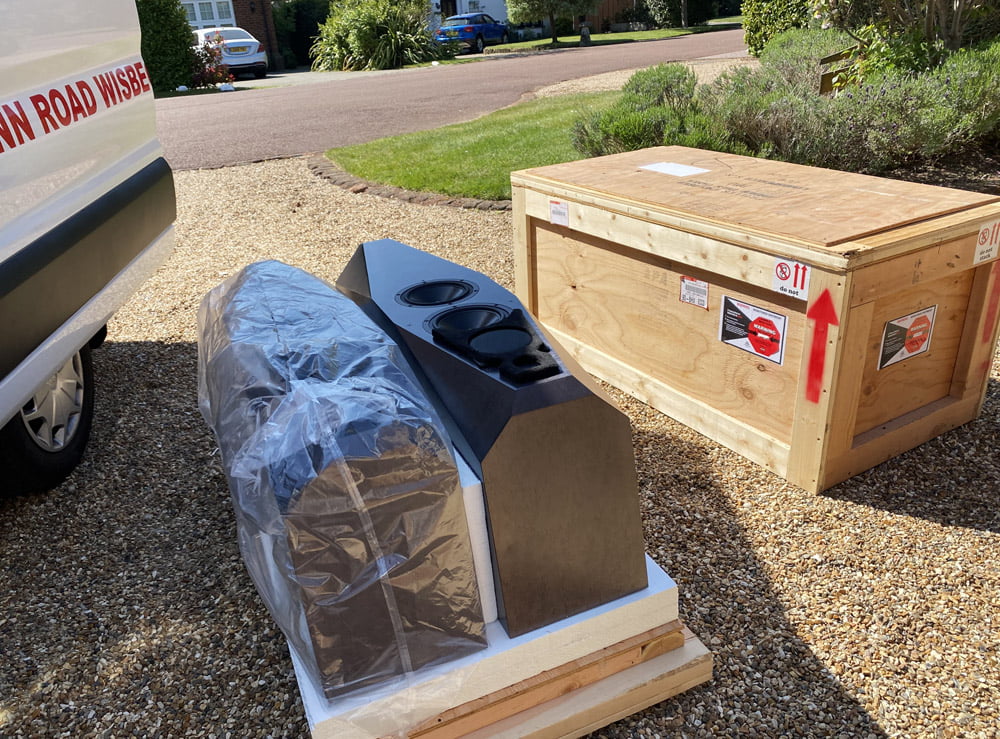
Resolution then without fatigue or artificiality. Most definitely an alchemical combination. These were the teenage years of a blooming Lotus Hifi. We placed many many sets of IDEA, TRANSCENDANT and COMPAS and at the tail end of this era, Mk1 IDEA and Tranny gave way to Mk2 iterations which were both properly meaningful developments. Meanwhile, in the secret bunkers of the foothills of the Rocky Mountains, a new SOTA masterpiece was being forged, the megalithic crystalline Tesseract and those who have been lucky enough to hear the “Tess” will know that it is a sonic experience which will remain in the memory for a lifetime, the envelope of loudspeaker design pushed to its absolute maximum.
Just as development of the flagship ISIS gave birth to technology that could be used to create the more real world INDRA and TIME models, so the TESSERACT project spawned a whole new knowledge base for the late ‘twenty teens’. The result primarily was the slightly more domestic friendly SAGA floorstander and then from both these statement products came the current Performance Monitor range. An Avalon as you know and love, but with new levels of precision, neutrality and dynamic contrast.
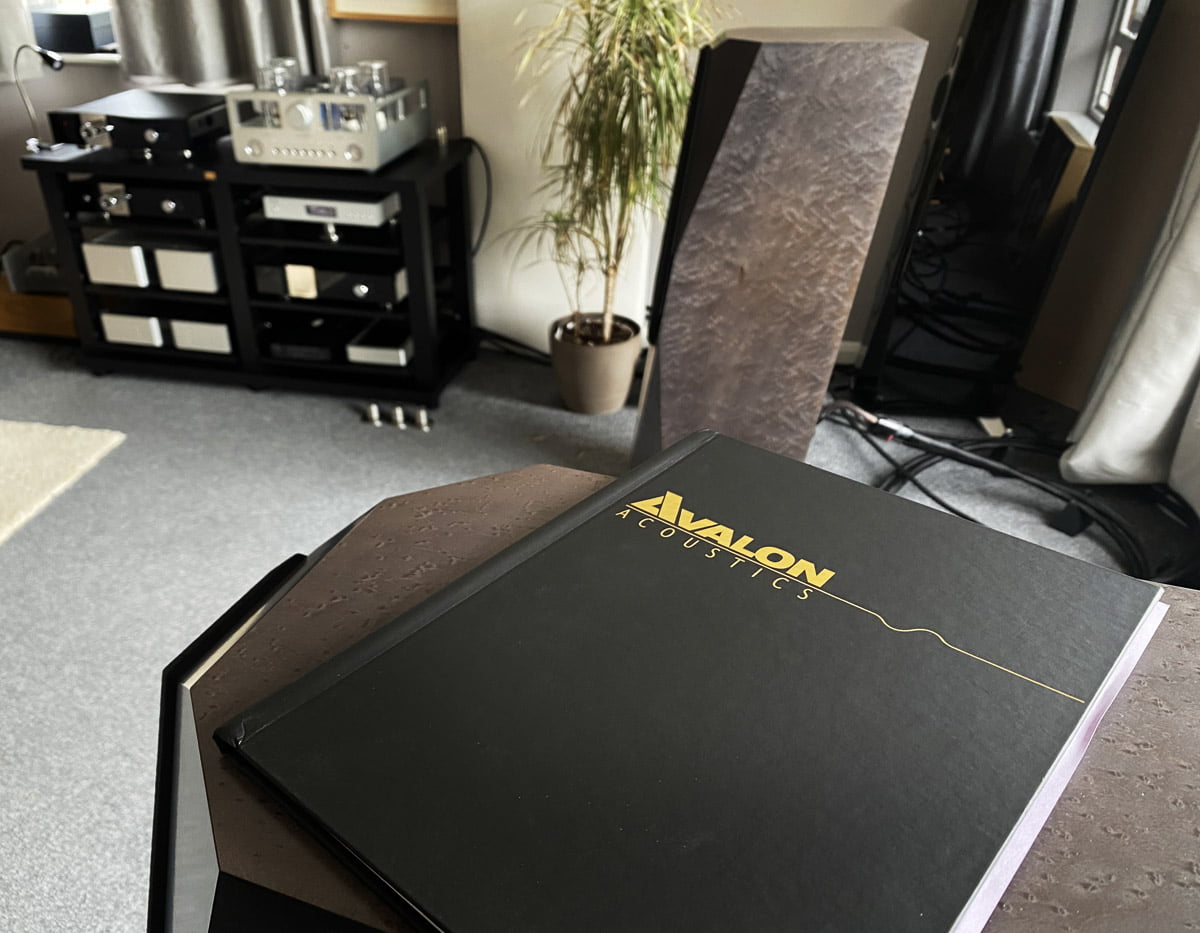
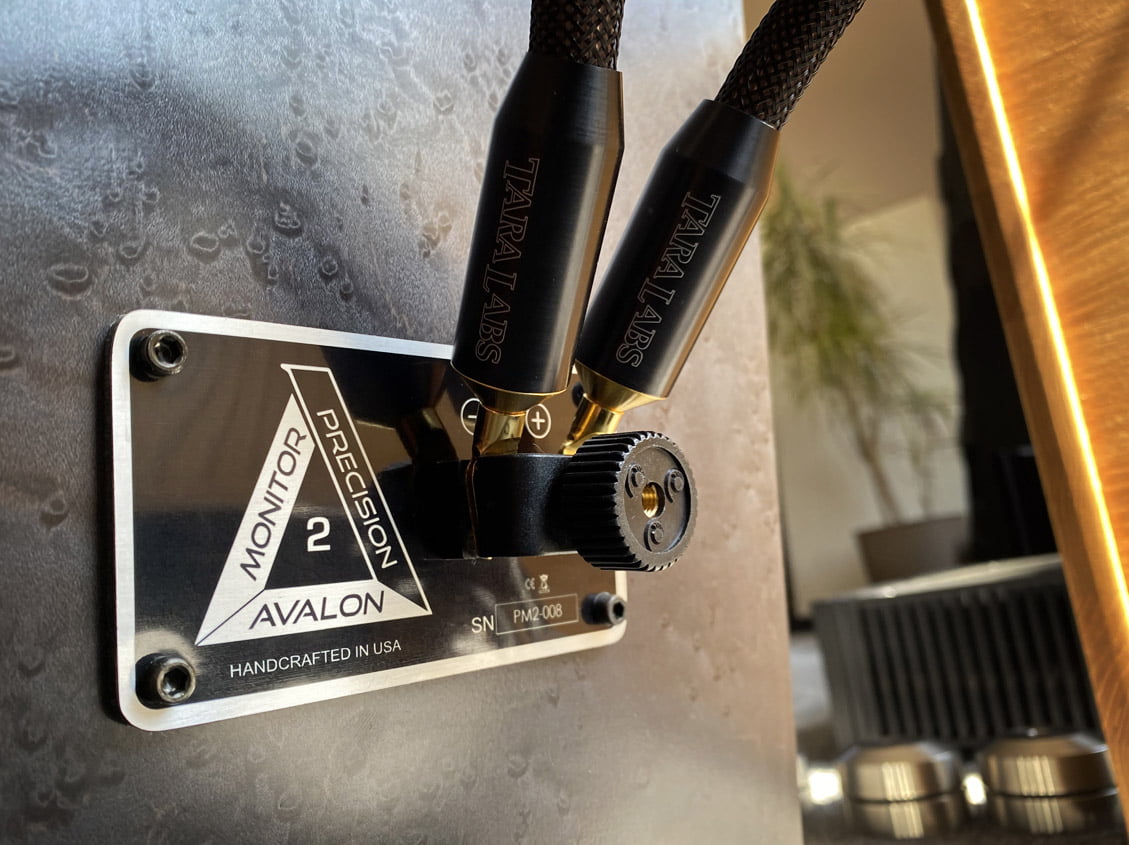

The £17,000 PM1 made its UK debut at the Windsor show 2018 and has proven a real winner across all the network of British dealers. With a slight reduction in depth and scale compared to its older and still more expensive sibling the TRANSCENDANT, it offers startling levels of openness with the most captivating midrange and deep powerful bass which belies it’s very modest size. Stand the PM1 next to a 15 year old ASCENDANT and it is barely any bigger but in performance terms a whole lifetime away from the older speaker.
Lotus took delivery of the £34,000 Performance Monitor 2 about a fortnight ago now and it has been my great pleasure to spend a useful chunk of Covid-19 lockdown time getting to know these beautiful full range floorstanders. With the grills off the surprisingly compact cabinet, we see a carbon glass tweeter, a 3.5 inch ceramic mid and two 7.5 nomex kevlar composite woofers. The specs continue with a 24hz – 50khz response, an 89db sensitivity and a cabinet height of 112cm all at a suprisingly lean 39kg. The look is the rather smart ‘Polychrome’ first seen on the PM1 although you can have pretty much any finish you want and I believe that the alluring ‘birdseye maple’ is also a no cost option at the time of writing.
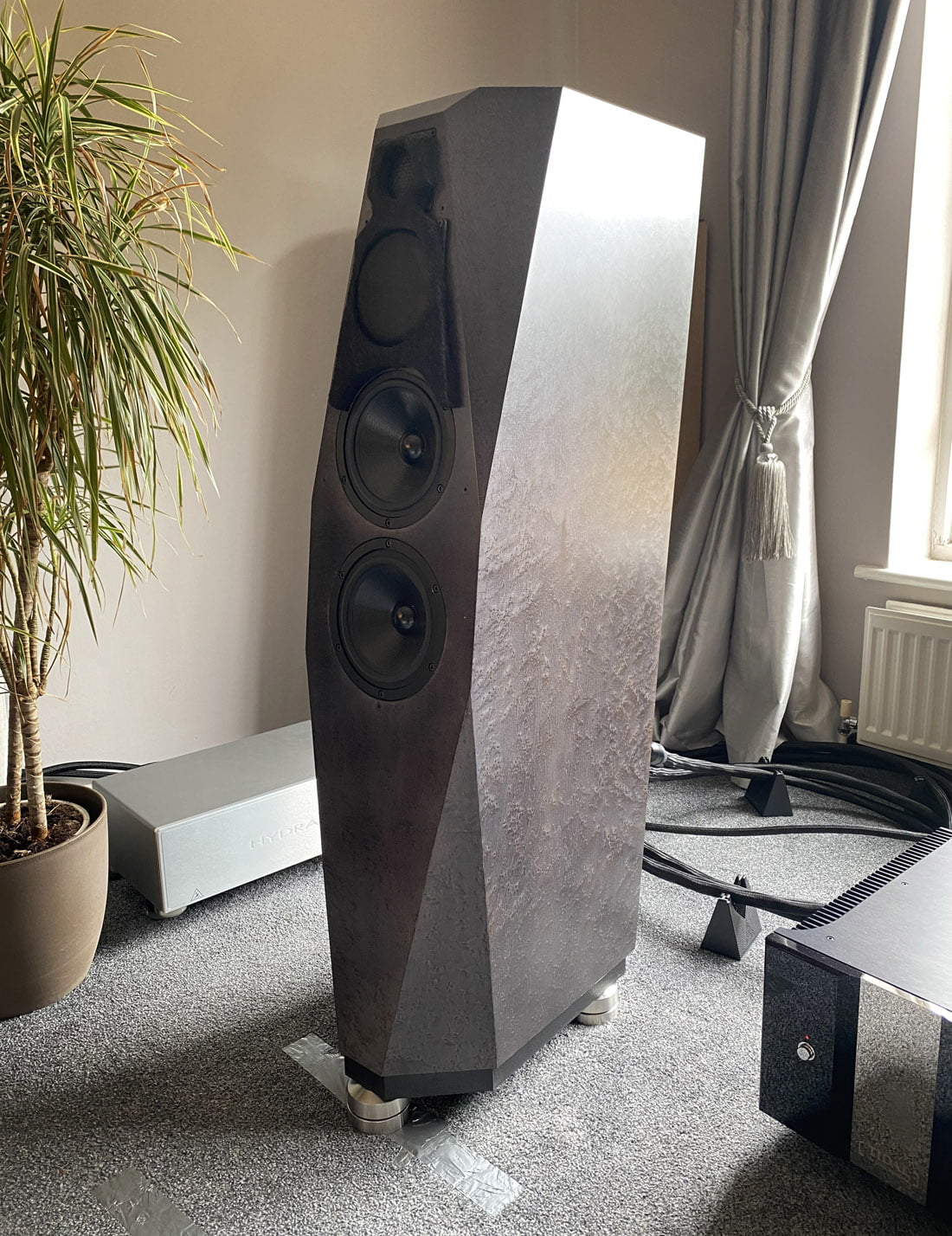
For my listening I firstly let the speakers settle and play continuously for 2 days or so. I walked into the room occasionally of course and garnered a few early clues but it was on the third day that I sat down to begin the proper sessions. In total I used 3 different systems for the test drive but began with the very simple Tidal Preos DAC/Pre into Tidal Impulse stereo power amp. Mains was a suite of Tidal cables into the quite sensational Shunyata Hydra Alpha distribution unit, cables the very high performing Tara Labs Muse (which sit somewhere between the standard and Assoluta Tidal wires) and the source the venerable Melco ZS streaming WAV files through a Shunyata Sigma USB. Everything was supported on a mixture of Stillpoints Ultra 2, 5 and 6 including the Speakers themselves which rested on Ultra 5 rather than the supplied metal couplers.
This is a highly invisible system. It possesses more than enough resolution, refinement and clarity to push the Avalons and allows me to very quickly grasp their true nature. It simply does not have a fingerprint or any artifice to speak of and it is also utterly unforced and natural in the way it reveals the music. The PM1 from the get go told me that they were Avalons. Before you – throughout the portion of room in front of you and seemingly everywhere apart from where the actual speakers are – a super wide, deep and remarkably three dimensional soundstage beckons your indulgence. The total sum of music is one of high refinement and purity and this holographic soundscape, tantalisingly intimate and palpable, percolates out from the system in an effortless osmotic fashion with not a trace of aggression or accentuation.
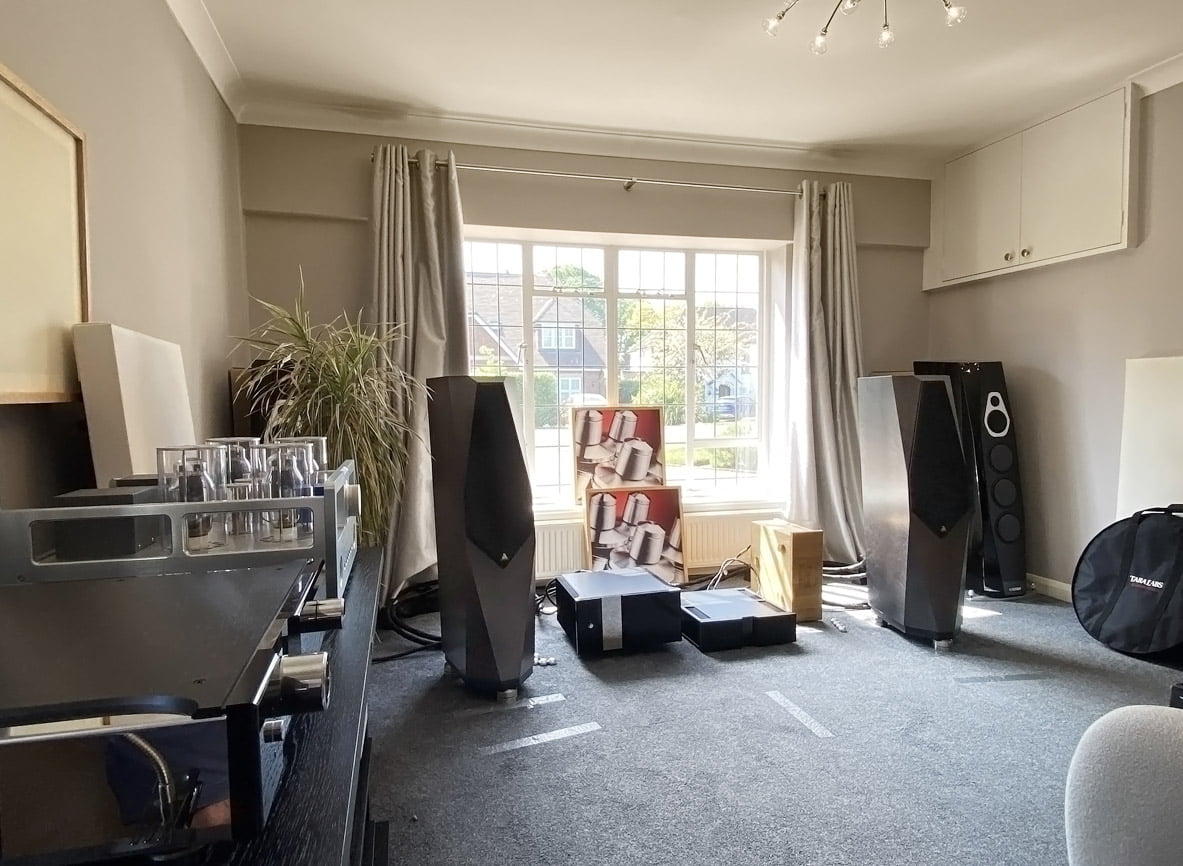
As a dealer selling just the likes of Avalon and Tidal speakers, you come to expect the level of integrity and rightness which these products provide and in doing so you forget the commonplace ills that that many other speakers possess, many of which are praised and peddled by the press and dealers alike on a continual basis. So for an article such as this, it’s probably fair and useful for me to step backwards for a moment into a less exotic frame of reference and remind readers of the some of the disappointing sins which the PM2 are most definitely not guilty of. There are many people who manufacture a good amplifiers and anything from the likes of say Rowland, Plinius, Pass, Lamm, Boulder etc. can be made to make a very good system but the same is simply not true for loudspeakers and one of the most instructive and simpler ways of describing a speaker is to begin by listing the evils that it does not commit. Because, if you will excuse the slightly imperious tone, most of them commit many.
The very first thing the PM2 nails (or any Avalon I can call to memory for that matter) is tone and spectral balance. There is no skewing of the mid to upper frequencies, no unequal proportioning of frequency clusters for any given note so the tone of instruments sounds so completely right and inconspicuous because of that. Instruments do not have any added rasp or fibre from cabinet or driver colourations and the treble does not glisten or appear etched or pronounced and there is no metallic or electronic quality to the tone either. The overall sound isn’t lean or skeletal or bereft of any richness but then it isn’t bloomy, soft, over-ripe or fat anywhere in the spectrum. Bass notes are as clean and holographic and replete with as much pitch, textural, melodic and spatial information as sounds in the midrange. The speaker is essentially invisible and is not imparting its own sound into the system and the cabinets themselves, not only are they inaudible but they have totally disappeared from the room.
I have lost count of the number of times customers have complained to me that speakers are the hardest component to choose because they are the most “personal”. Well this is because most speakers have so much character and colouration in them that it traditionally can be a vexing process of choosing which ‘persona’ pisses you off the least. Not so with the speakers I sell. All of them don’t have a sound as such so it’s nothing like trying different flavours of ice cream and grimacing a lot of the time. They are ALL invisible windows onto the system just with very slight presentational differences and varying degrees of resolution, weight and scale. When customers come to me to compare say PM1 to TRANSCENDANT to Piano G2 to Vimberg Mino, they enjoy and deeply admire all of them, but they will of course marginally prefer one over all the others for their own system, music and ears.
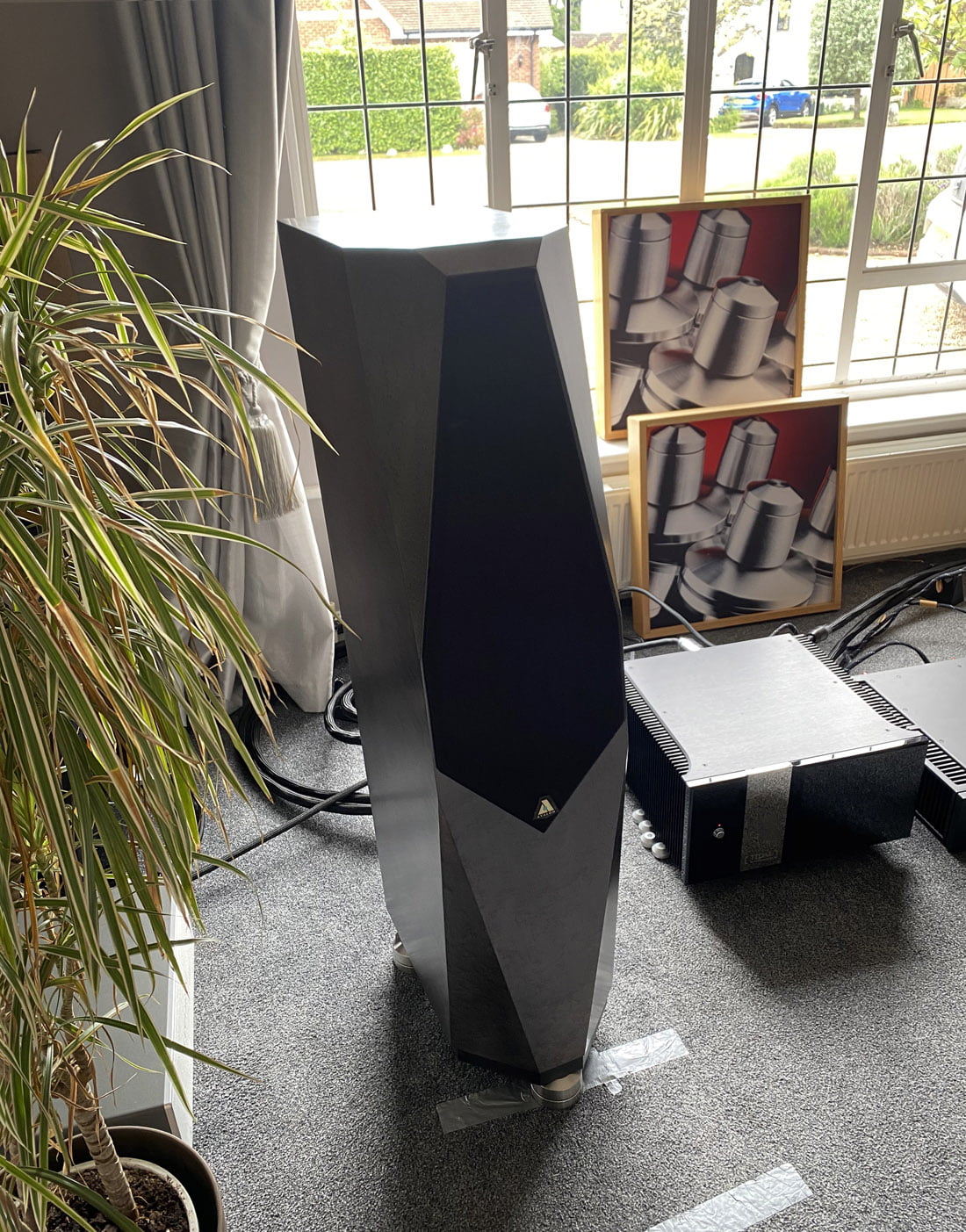

So these PM2, like most modern Avalon’s, they can’t really be criticised for any wrongdoing because they do everything well, plain and simple. But they do have a presentational leaning and a certain way of going about things which will ultimately decide whether you walk out with them or a set or something else, so let’s explore that a bit further in a moment. One of their greatest strengths which we have already touched upon is their holographic quality. This is a notorious Avalon high point, a handsome payoff from their ingenious crossover technology and cabinet topography, and the PM2 is no exception. If you like to hear inbetween players and notes and instruments and really have a palpable geographical sense of distance and air within the music structure then you will simply love these beauties and how they teleport a real physical 3d performance into the room. The strong degree of ambience that exists in some recordings comes to be wonderfully addictive and the sum total of all this imaging and soundstaging prowess goes a long way in ensuring that these Avalons are masters of that ‘in the room’ realism we all chase.
Another legacy Avalon strength is texture definition and harmonic weight. The PM2 are generous in this field as you would expect but perhaps more neutral than previous generation models. It’s not that you now miss a degree of texture or tonal richness but just that you are aware of greater balance and neutrality. Some of the historic models could be perhaps be described as having some extra richness and indulgence in the upper mids with a slight tendency to smoothness or softness. The PM2 is still highly textured but with it new degrees of crispness and definition. This then is still very much a speaker for lovers of instruments, the bow of the violin, the plop plop of the keys on the bass clarinet, the buttery granularity of the melotron or the angular triangular oscillations of a mini moog, these real life shadings in timbre and structure will have you dripping at the mouth. And voices, oh my, if you love singers then because of the focus, high resolve and penetrating midrange quality you will be in heaven.
Moving on to that other Avalon trump card “coherency”, we can not only say that this is here in spades but actually go out on a limb and state that the PM2 have moved the game of time coherency and organisation on even further. Avalons always had this uncanny ability to clearly unpick every strand of the music with effortless transparency yet at the same time present nothing less than a homogenous ‘un-hifi-like’ whole, a “song” as I like to say. The PM2 though has to be the fastest speaker I have heard out of Colorado. It has incredible speed and just as it’s moniker suggests, is an expert at precision so the way music and performers fit and play together, the way everything hangs as a natural intelligible, musically profound picture is deeply impressive. All of this without ever sounding mechanical or clinical; it is indeed a very difficult trick to pull off.
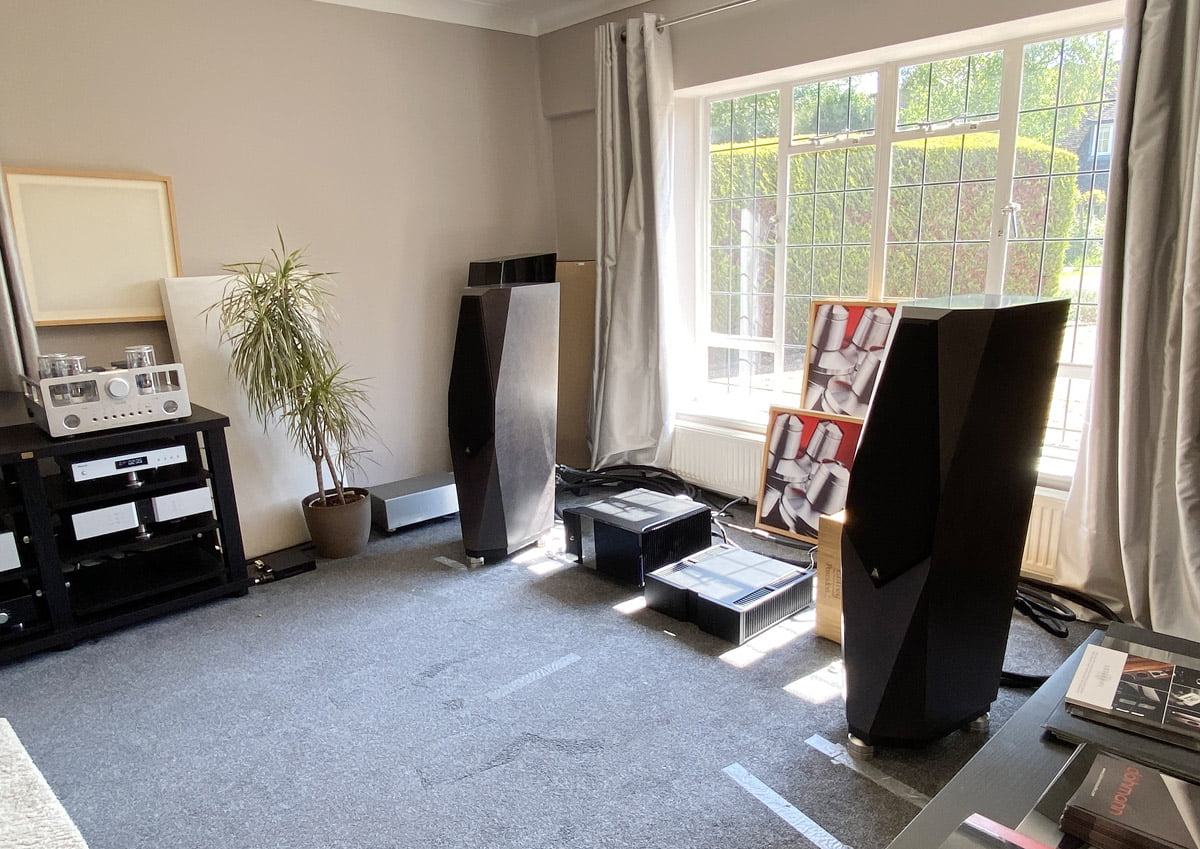
The perfecting of structure and rhythm is not everyone’s cup of tea. Some people do not really hear it too much but for me it has always been all important. On tracks where it is important, it completely underpins my wish to sit up and take notice and be seduced by the music. And when a system or a loudspeaker excels at this organisation, to a point where the music possesses an almost overwhelming and spooky sense of composure and unflappability, I personally find it incredibly satisfying and pleasurable. It often makes me grin spontaneously and the PM2 definitely had me doing that on more than one occasion.
Let’s talk about the frequency balance. Perhaps we should have mentioned it first because it’s so defining. Is the PM2 much like a larger PM1 in that it is characterised by it’s extremely open mid. I would say that’s pretty fair comment although add immediately afterward that the bass on the PM2 goes very deep and can be powerful and explosive in a way that will at times surprise you. But certainly, a speaker like the Vimberg Mino offers a slightly fuller darker experience more of the time whilst the PM2 midrange is ever so slightly forward and designed to hook in the critical listener with its beautifully delicate and articulate treble. Rest assured though that the Avalon never threatens to stray into analytical territory but the upper mid and treble have a precision and an incisiveness that will delight listeners who like a deep insight into the nuances and the inner details of their music. Whilst many older Avalons were somewhat shy about their talents, inviting you in in a slow subtle manner, this new speaker comes out to grab you a little more.
So the PM2 leans slightly to more of a monitor type experience. Yes, it is full range and has fabulous scale, weight and authority and on my first play of John Hopkins’s ‘Vessel’ the deeply extended visceral thud of the bass had me reaching for the down button, but this is a speaker which invites you to indulge in the air and the space and all the magical wonder of the presence region. Is the PM2 lean though or too toppy ? No and no. Can you listen to it completely unfatigued for hours upon hours as you can with a Vimberg or a TRANSCENDANT ? Yes absolutely. This is still an Avalon through and through, remarkably natural, human and non boisterous. It is just that now, it is not quite as shy or introverted as the brand would once have you anticipate and is not over luxuriant at the expense of speed, detail or intensity. The only comment I would add is that like the Tidal Piano, the PM2 are not an especially forgiving speaker. The systems I build here are optimised for noise to a very high degree, in the mains, supports and usually with Entreq grounding as well. Refinement is always very high and noise floor extremely low but I can well imagine the PM2 giving a less than forgiving result in a system with poor mains, low grade electronics or a less than good setup with regard to supports, wires, room acoustics and the like.
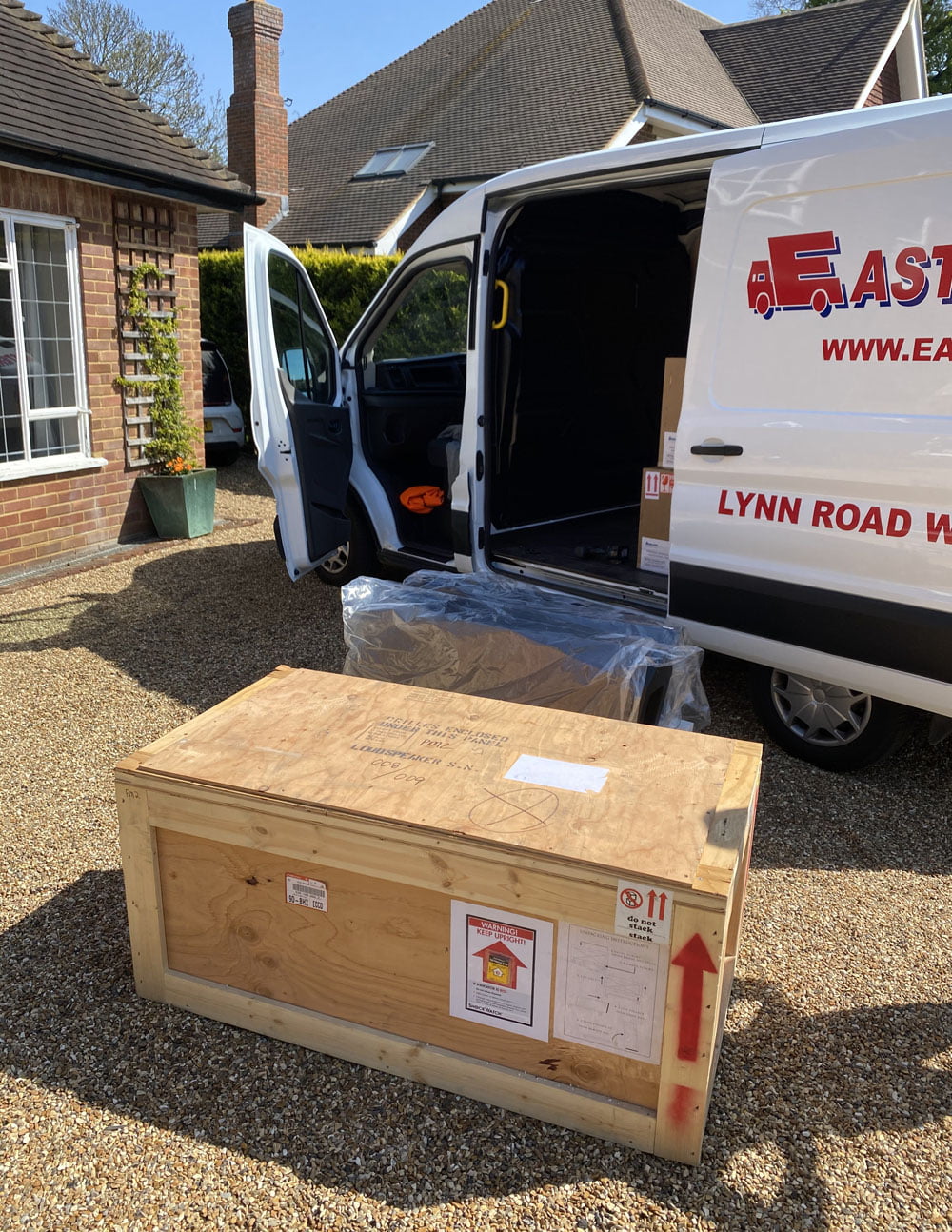
For my next system I swapped the Preos/Impulse amplification for the midrange Vitus SIA-025 Class A Integrated amp and fed it with the first generation Tidal Camira DAC using all the same cables and the same Melco ZS. The SIA is rather a large step backwards from the Tidal electronics; even in Vitus world it is some 2 steps behind the SL-102/SS-103 Vitus Pre Power but nevertheless it’s a fine amplifier and when fully warm gives a level of performance that most newcomers to Lotus are unaccustomed to. Despite the large jump up in DAC performance (Preos inbuilt DAC to separate Camira) the overall system was lesser than that of the previous. Some aspects were counterbalanced by the Camira but overall there was less purity, less clarity and less bandwidth.
This system though still worked wonderfully as I anticipated. The SIA-025 is a very different sort of amplifier. It is has a very organic, smooth way of doing things. I like to use the word ‘oleaginous’ not least because you don’t get the opportunity very much. It is almost valve like but without the colouration, and compared to the extremely clean and neutral higher end pre/powers it has this kind of extra euphonic pizazz about it, like a pressurised bloom that imbues the music with so much tangibility and feel good factor. My initial feeling was that I actually preferred the shift in tonality and how the Vitus made the Avalon a little more friendly and cuddly. As the albums went on though, I did find myself missing the transparency and cleanliness of the previous system a touch. It was a shame that I did not have my demo SIA-030 to hand or indeed the Signature separates because this might have been a better system to transition to from the entry level Tidal gear. Nevertheless it was still very clear to me that the Vitus/Avalon romance is still very much alive. A touch warmer, a touch richer, a little more tonal saturation and bloom, a wee bit smoother less detailed sounding, it made for a stunning overall balance with a slightly more relaxed demeanor. The PM2 breaks new ground for Avalon in terms of clarity and neutrality and all this really means in terms of system building is that it will go with Vitus just as well as ever but it will also fit into a Tidal or mixed system better too.
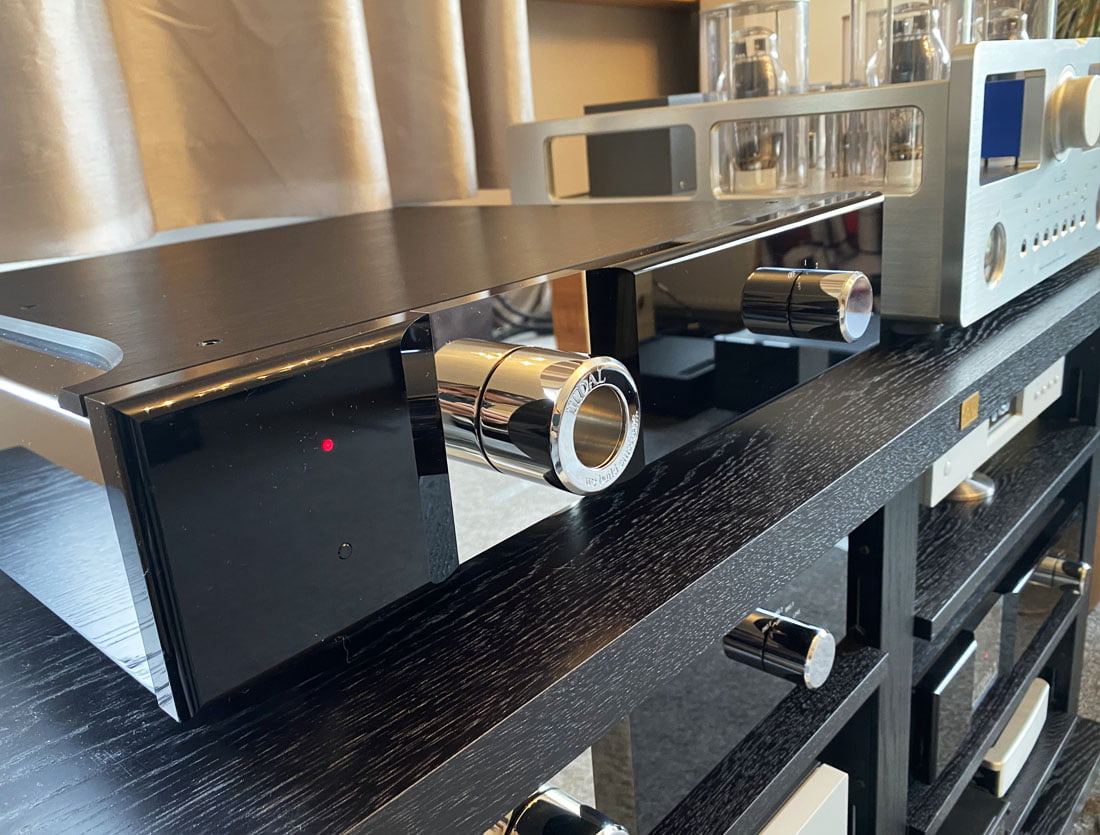
For the grand finale then, I left the Camira in situ and swapped the Vitus back out for the Impulse power amp again but this time with Tidal’s new Prisma fully balanced linestage. The Prisma is a piece of equipment that has started a whole new chapter here in my demo room in terms of performance so this was the ideal system to finish with, a setup to really push the PM2 to see how they respond to the highest levels of transparency and resolution. And oh my did they step up to the mark. First of all the sound simply became enormous, its boundaries and extents comfortably exceeding the position of my four walls. It was actually quite suprising to experience the soundstage enlarging by such a significant degree, especially when you consider the PM2’s compact size relative to a speaker of this type of grade.
People often talk about transparency in terms of looking through a window to the music but you could say that the Prisma does not even have that pane glass there so the degree of immediacy, tangibility and life it allows is on a level which I have personally never experienced before, either in my shop or anywhere else. And the Avalons showed me all of this. The music was alarmingly visceral and vivid and just so wideband and dynamic. It genuinely made it seem as though every system I had heard before was watered down in some way. The life in front of me, it was almost overwhelming at times, it’s radiance, intensity and zest.
That the PM’s shone so much brighter again with the best electronics I could throw at them told me just what a high achievement they truly are. They are an entry to mid level Avalon on pricepoint yet will sit happily in the best of systems and this is an important fact because you should always buy the speaker to suit the room rather than the biggest and best. Here in the UK at least, the biggest and highest in the range are usually too large to breathe in our more modest English houses so we want the smaller speakers in the lower and middle portion of a manufacturer’s catalogue to not suffer any penalty to out and out quality. The PM2 are just that. They will provide a very high level of performance that your system will demand yet not overload or dominate the room physically. If you want even more clarity and neutrality you may opt for a Tidal Piano Diacera at the expense of some dimension and weight and if you want a bigger rounder fuller experience the Vimberg Tonda would probably be your choice but the PM2’s are ultimately a fabulous addition to the Lotus arsenal of highend loudspeakers. They offer something geuinely different from those other two models mentioned above and I can see them creating quite a fanbase here in the coming years.
Stay tuned. The bigger PM3 will be up next !
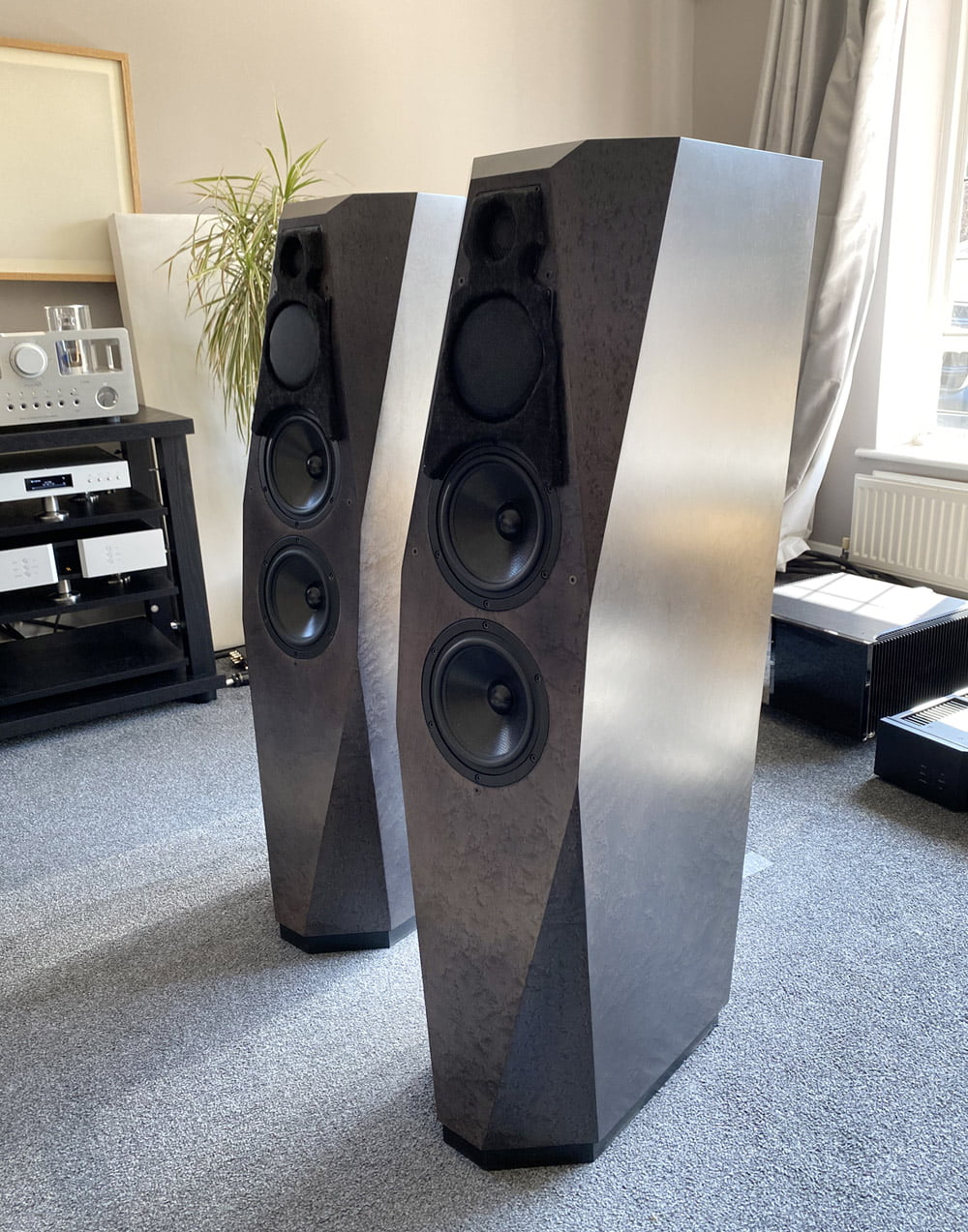



CONNECT WITH US